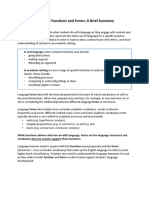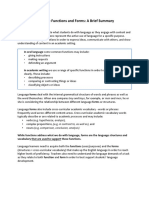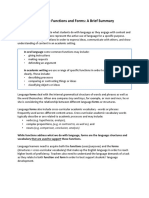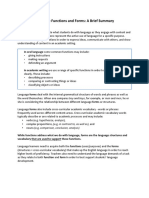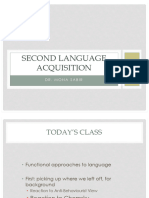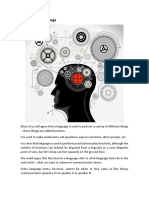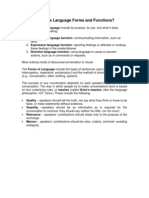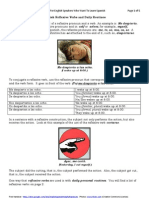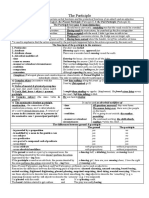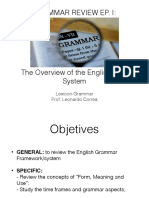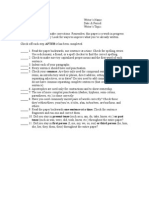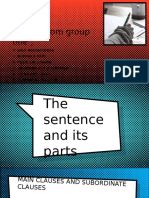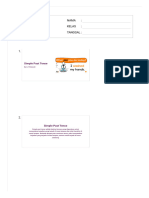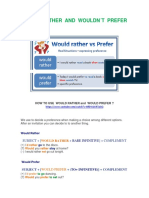0% found this document useful (0 votes)
86 views2 pagesForm vs. Function in Language - (Simple E...
The document explains the distinction between form and function in language, where form refers to the structure and grammar of language, while function pertains to the purpose and role of language in communication. It highlights key characteristics of both aspects, such as fixed rules for form and context-dependence for function, and provides examples to illustrate these concepts. Understanding this difference is essential for analyzing language in exams and real-life applications like poetry and advertising.
Uploaded by
saqlainsarfaraz144Copyright
© © All Rights Reserved
We take content rights seriously. If you suspect this is your content, claim it here.
Available Formats
Download as PDF, TXT or read online on Scribd
0% found this document useful (0 votes)
86 views2 pagesForm vs. Function in Language - (Simple E...
The document explains the distinction between form and function in language, where form refers to the structure and grammar of language, while function pertains to the purpose and role of language in communication. It highlights key characteristics of both aspects, such as fixed rules for form and context-dependence for function, and provides examples to illustrate these concepts. Understanding this difference is essential for analyzing language in exams and real-life applications like poetry and advertising.
Uploaded by
saqlainsarfaraz144Copyright
© © All Rights Reserved
We take content rights seriously. If you suspect this is your content, claim it here.
Available Formats
Download as PDF, TXT or read online on Scribd
/ 2


